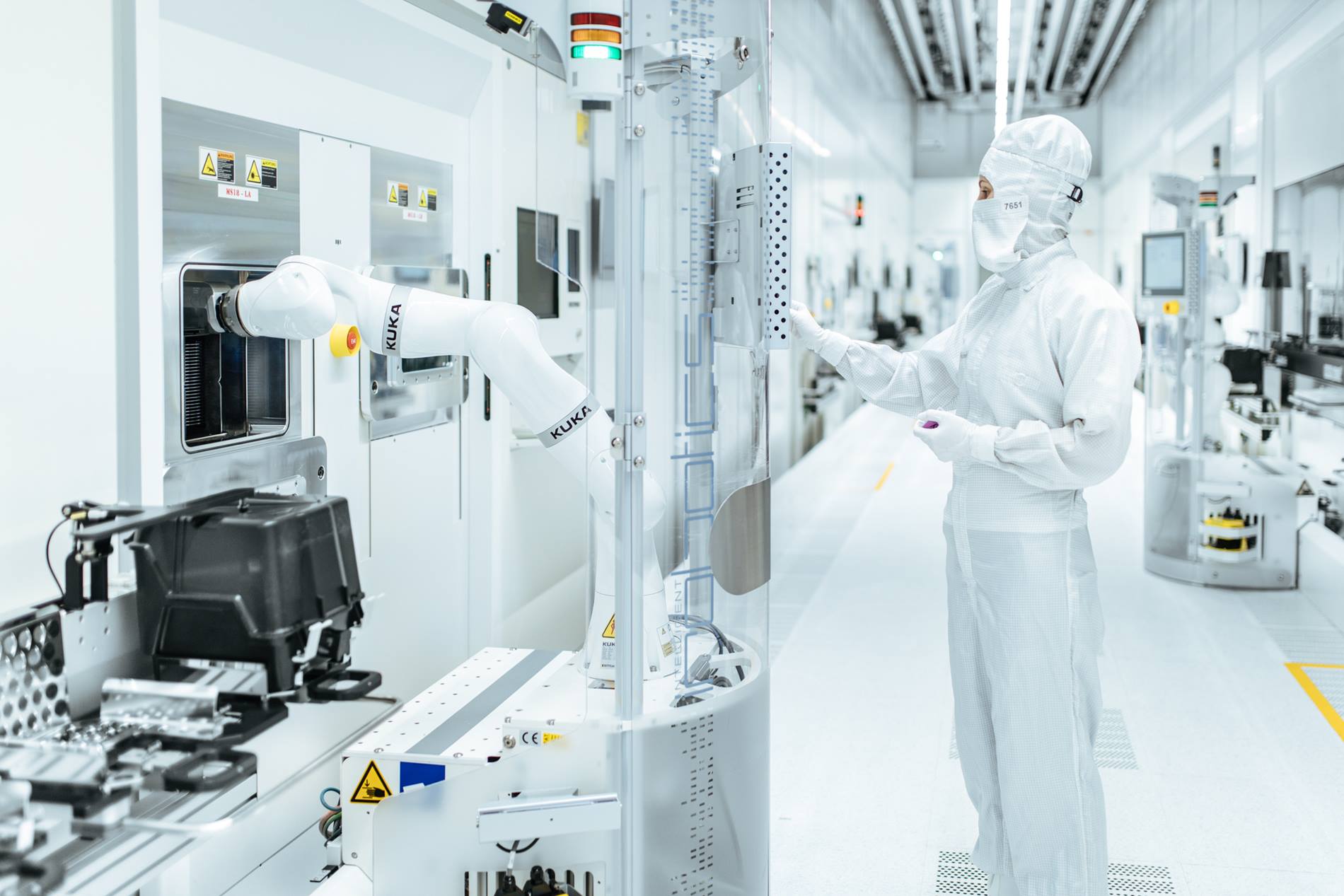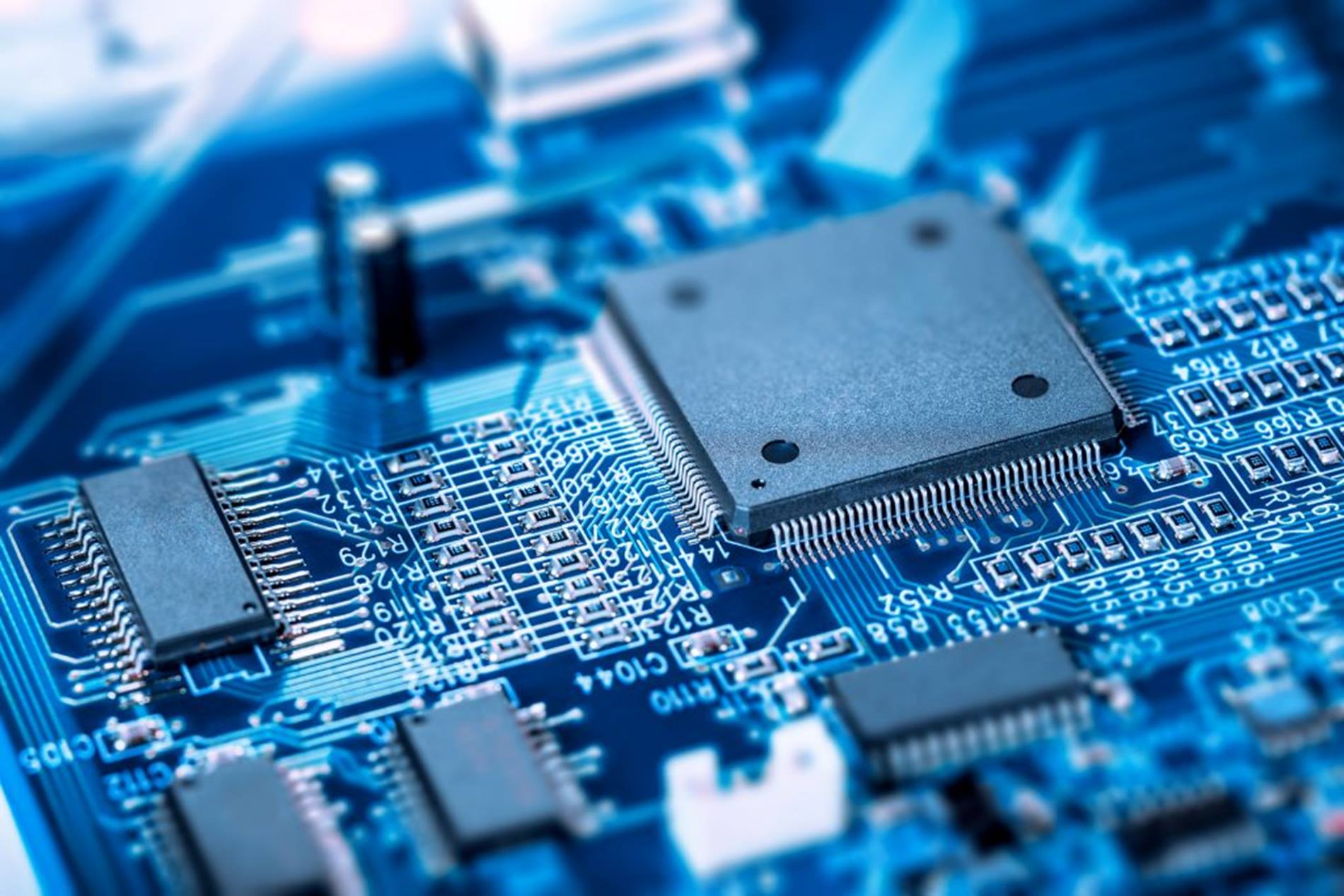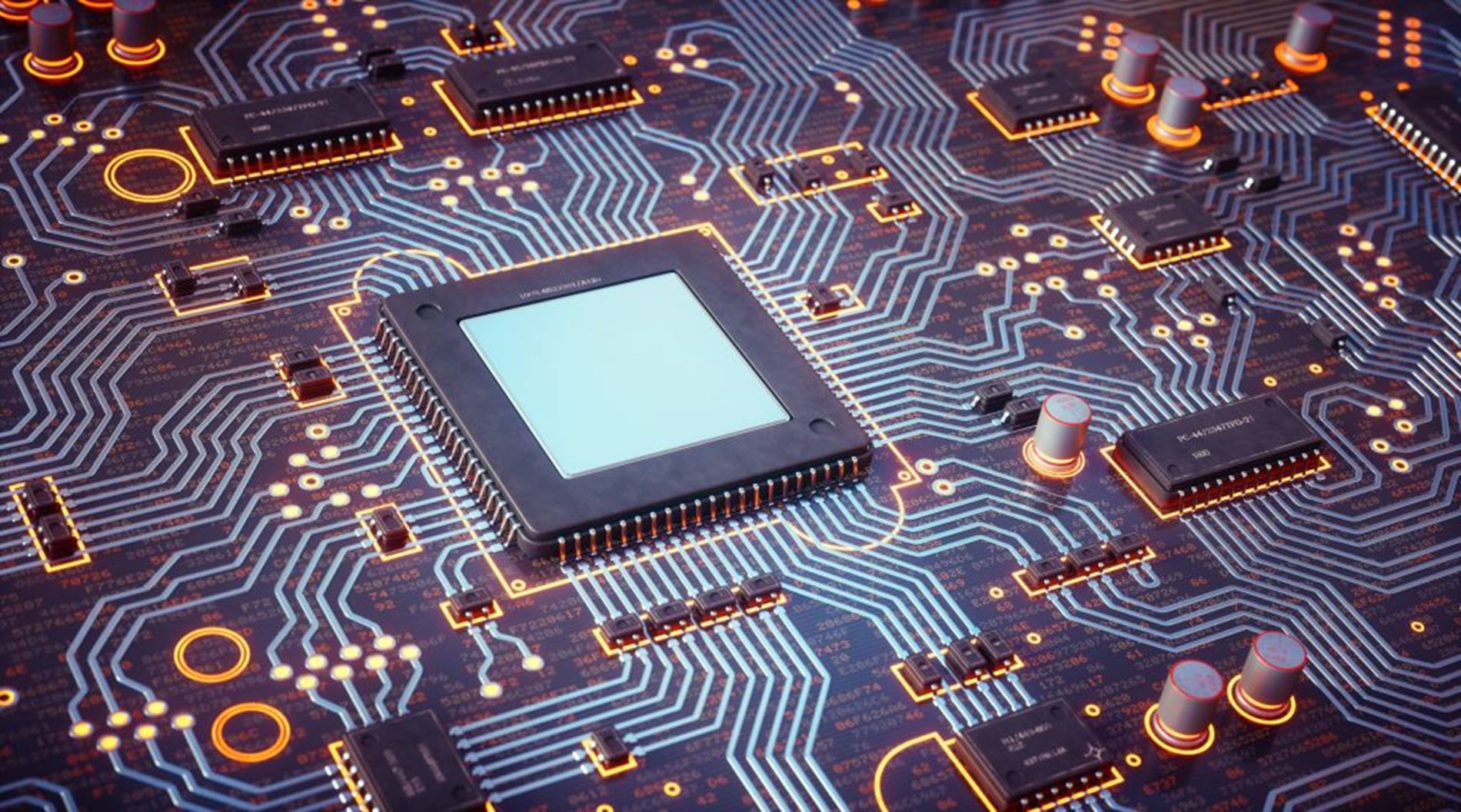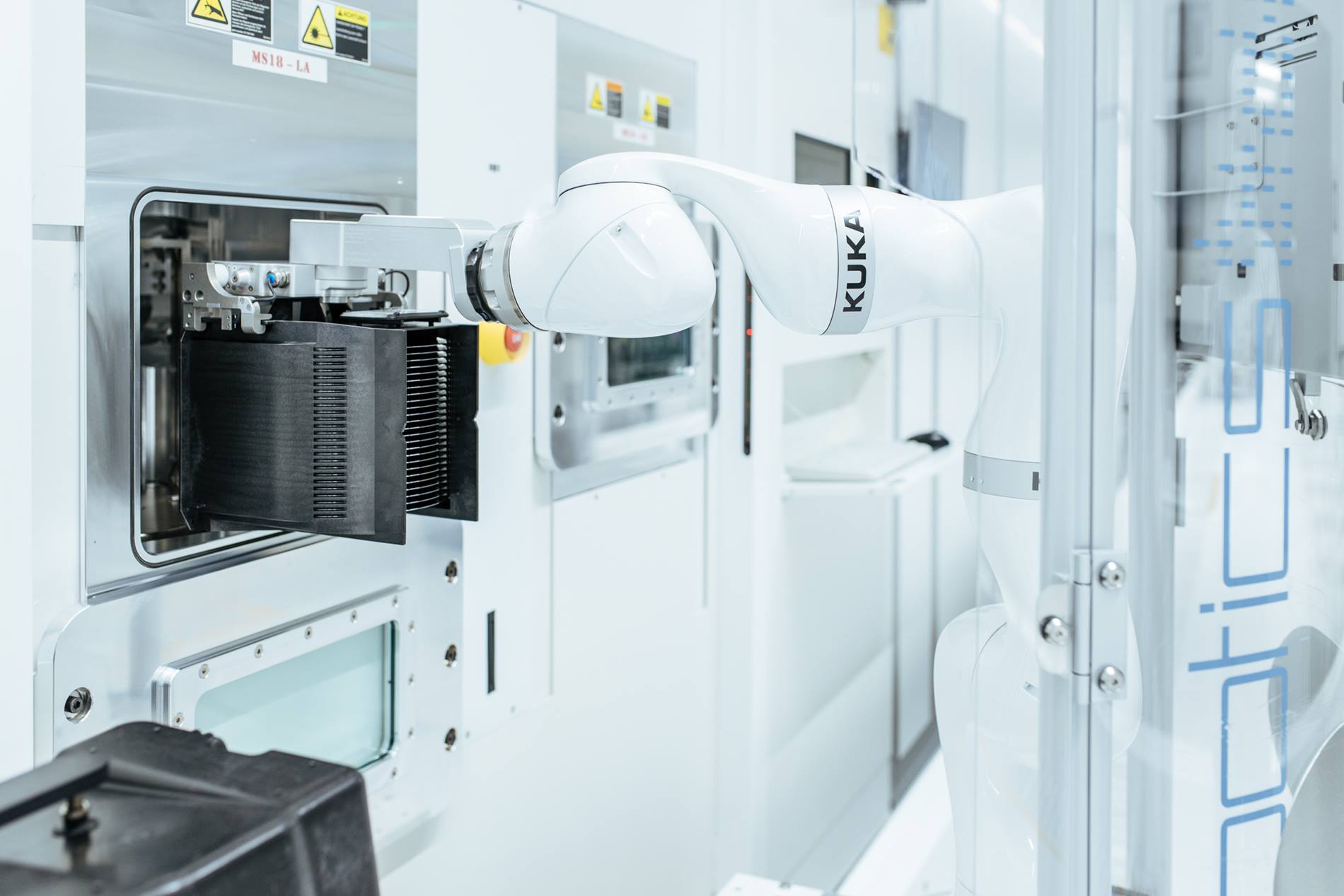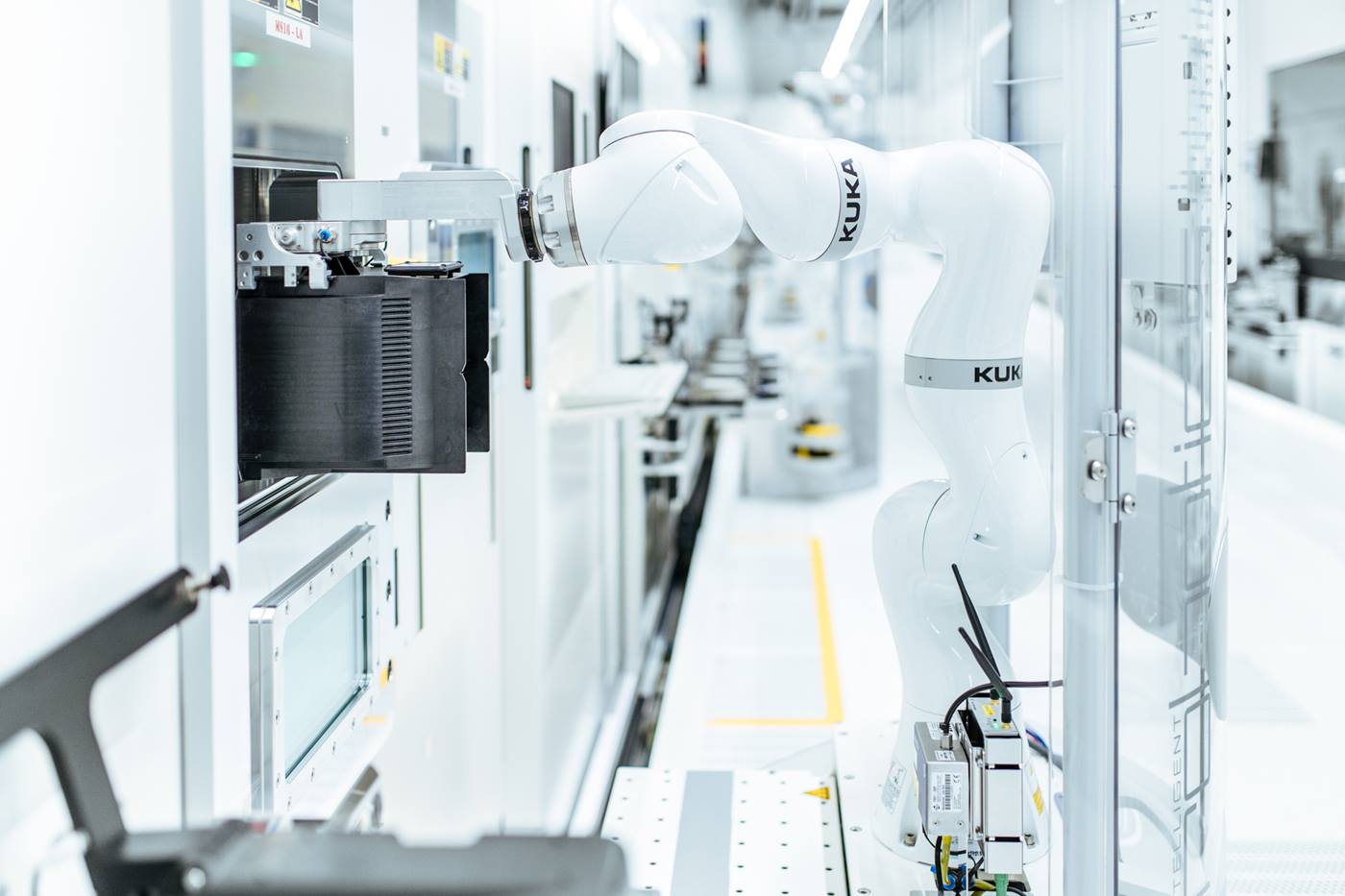What is a semiconductor?
Semiconductor chips or microchips are the central elements of all digital devices. The tiny plates contain complex electrical circuits. They are all made of semiconductors. A material with electrical conductivity, primarily silicon.
Why do we need semiconductors?
Without semiconductors, there are no microchips. And without microchips, there is no digital life. Because every product that is only halfway intelligent contains a chip. Even a modern toothbrush often has more than two semiconductor chips.
Semiconductor shortage – why?
Semiconductor chips are the foundation of our modern world. They are therefore of enormous importance. Since the end of 2020, there has been an enormous chip shortage.
What are the reasons for the semiconductor crisis?
The world is becoming more digital every day, which is why the demand for chips is increasing. Moreover, of the few manufacturers that already dominate the market, there are only a few that can even meet the demand for ever more powerful chips. The production of a chip is also very complex, with the process taking several weeks. All of this contributes to a tense market environment.
In addition, the following reasons, among others, led to the chip shortage that has persisted since the end of 2020:
Corona Crisis
The pandemic shifted life even more to the digital realm. Lockdowns, home offices and home schooling led to life taking place primarily within one’s own four walls. Demand for electronic devices soared: Smartphones and laptops became the connection to the outside world, and game consoles became a leisure activity.
In addition, semiconductor manufacturers were also affected by lockdowns, which meant that less could be produced.
Natural disasters and fires
Around 12 percent of the microchips in demand worldwide are manufactured in the USA, with a large proportion coming from Texas. There, snowstorms in February 2021 led to massive power outages. Production had to be shut down. The restart took weeks.
In Japan, too, production was halted at a semiconductor plant: a fire at the third-largest supplier of automotive chips forced car manufacturers to cut back production. As a result, around 1.5 million fewer cars were produced.
How can the semiconductor crisis be overcome?
Of course, semiconductor manufacturers have reacted and are investing large sums in expanding their production capacities. However, since the production of semiconductors is very complex, this does not happen overnight.
How are microchips manufactured?
Semiconductor chips consist primarily of silicon, which is extracted from quartz sand. The sand is chemically and thermally cleaned until so-called silicon nuggets are formed. These are then melted down. Monocrystalline silicon ingots of various diameters are obtained. Individual wafers are then cut out and polished in special sawing processes. This produces the basic carrier of a semiconductor chip – the wafer blank.
The wafer blank is first coated with photoresist. It is then exposed with the aid of a mask, etched and oxidized. Depending on how the later microchip is to look, several similar production runs take place in succession. Depending on the size of the wafer, several hundred microchips can be produced from a single wafer.
The semiconductor chip must now be electrically connected to a circuit board. For this, wafer-thin wires are soldered on. To ensure that nothing is broken later, a protective housing is attached. The microchip is ready. On its journey, it has been through the production process for several weeks and has flown around the world several times.
Why are semiconductors produced in a clean room?
The components of a microchip are tiny. Due to the highly delicate structures and processes, every particle would influence the quality of the later product. Semiconductor manufacturers therefore do their utmost to keep the production rooms as particle-poor as possible. That is why they are produced in clean rooms. Robots can provide support there. These must be certified for use in the cleanroom. KUKA also has several cleanroom robots, i.e. “CR” variants, in its portfolio.
Robotics in chip production – combating the semiconductor crisis with higher productivity
Many manufacturing steps are already automated in semiconductor production.
Because it makes sense in the clean room in many respects:
The working conditions are strenuous. Since the wafers are very sensitive to light, especially during production, there is usually no daylight in a wafer factory (“waferfab”). The machines require a lot of energy and have to be cooled, which often leads to a high level of noise. A strict dress code applies to employees, smoking before entering the clean room is prohibited, as is wearing jewelry and makeup in sensitive areas.
The challenging working conditions therefore sometimes make it difficult to find employees. For these reasons, many robot-based automation solutions already support microchip production.
Only the material transport is still done by hand in many fabs. Since the chips have to be handled very sensitively, manual transport – in addition to a very heavy one-sided strain for the employees – also involves certain risks. Even the smallest vibrations, such as bumping into an edge, can lead to defects on the sensitive components. This is precisely where mobile robots can provide support.
Automated wafer handling: KMR iiwa CR
KUKA is therefore focusing on solutions for sensitive FOUP handling. FOUP stands for Front Opening Unified Pod, the wafer box, a crate in which the wafers are transported.
The KMR iiwa CR is the world’s first single-source solution for the automated transport and handling of semiconductor cassettes. The application consists of a standardized Automated Guided Vehicle (AGV) and the LBR iiwa lightweight robot, which has proven itself in practice. A sophisticated gripper system was developed for this purpose. The software also comes from KUKA.
Learn more about the success factors for automation in the electronics industry here.
About the person
Pascal Caprano is a project manager at KUKA and spoke from the semiconductor box at European Robotics Week 2021. As a project manager, he has already implemented several automation projects at semiconductor manufacturers, together with the KUKA project teams. In a 60-minute presentation, he talked about the semiconductor crisis and ways to get a grip on it with the help of automation.
Want to be at the next event? Follow us on Twitter and become part of our robotics community.

